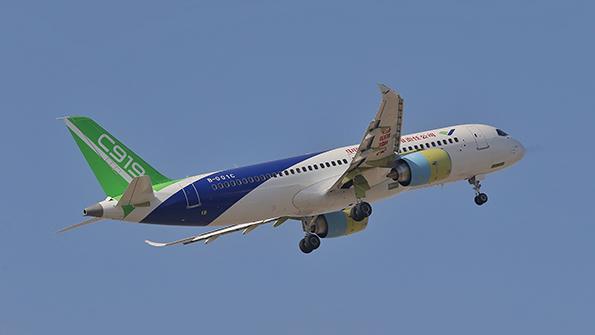Opinion: Can Comac’s C919 Ever Reach Full-Rate Production?

Credit: AFP/Getty Images
All aircraft development programs are difficult to complete, experiencing setbacks and design flaws and missing certification deadlines. Entry into service and the transition into low-rate production also present challenges. The Commercial Aircraft Corp. of China’s (Comac) C919 narrowbody...
Subscription Required
This content requires a subscription to one of the Aviation Week Intelligence Network (AWIN) bundles.
Schedule a demo today to find out how you can access this content and similar content related to your area of the global aviation industry.
Already an AWIN subscriber? Login
Did you know? Aviation Week has won top honors multiple times in the Jesse H. Neal National Business Journalism Awards, the business-to-business media equivalent of the Pulitzer Prizes.




